Optimal Timing for Farm Clearings
Farm clearings are most effectively conducted during specific times of the year to optimize land management and crop production. Timing depends on regional climate, crop cycles, and land conditions, ensuring minimal disruption and maximum efficiency.
Spring is ideal for farm clearings as it prepares fields for planting season, allowing land to be ready for new crops.
Clearing during late summer or early fall helps remove overgrown vegetation and prepares land for winter or next planting cycle.
Conducting clearings after harvest minimizes crop disruption and allows for land recovery before the next planting season.
Dry periods generally facilitate easier clearing due to firmer soil conditions and reduced moisture levels.
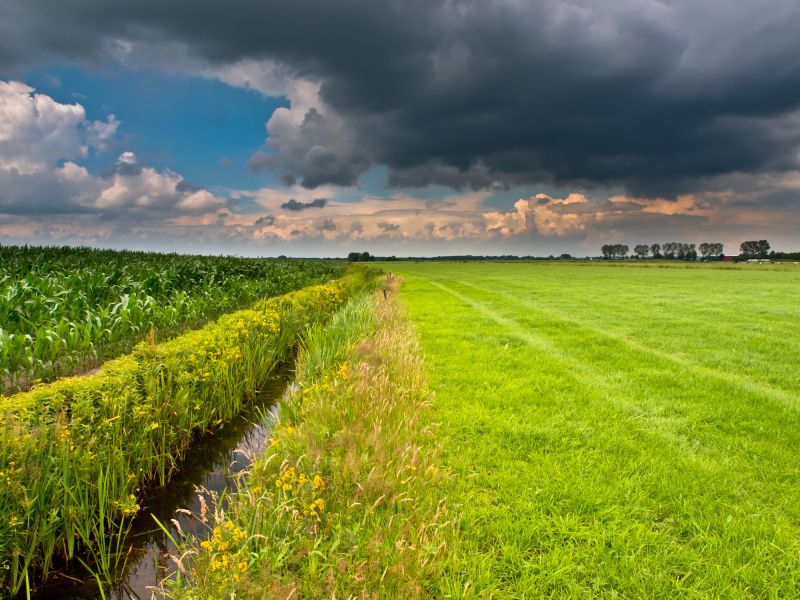
Ways to make Farm Clearings work in tight or awkward layouts.
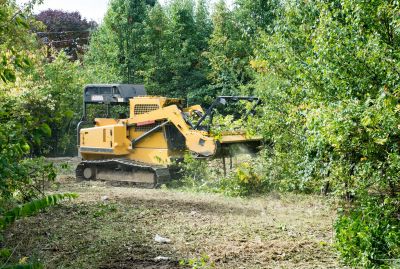
Popular materials for Farm Clearings and why they hold up over time.

Simple add-ons that improve Farm Clearings without blowing the budget.

High-end options that actually feel worth it for Farm Clearings.

Finishes and colors that play nicely with Farm Clearings.

Little measurements that prevent headaches on Farm Clearings day.
Farm clearings involve removing unwanted vegetation, debris, and overgrowth to maintain land productivity and prepare for future planting or grazing. Proper timing ensures minimal soil disturbance and promotes healthy crop cycles.
Statistics indicate that scheduling clearings during dry, non-growing seasons reduces soil compaction and erosion risks. Additionally, aligning clearing activities with crop cycles can improve yield outcomes and land utilization efficiency.

A 60-second routine that keeps Farm Clearings looking new.

A frequent mistake in Farm Clearings and how to dodge it.

Small tweaks to make Farm Clearings safer and easier to use.

Lower-waste or water-saving choices for Farm Clearings.
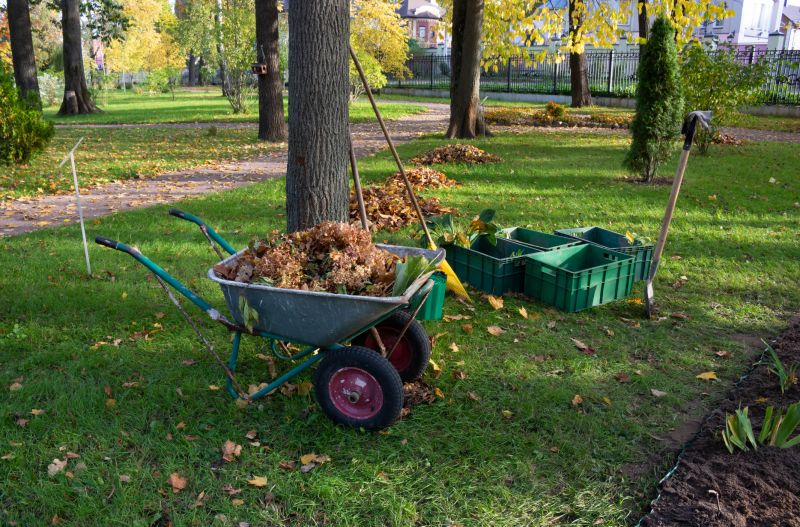
The short, realistic tool list for quality Farm Clearings.
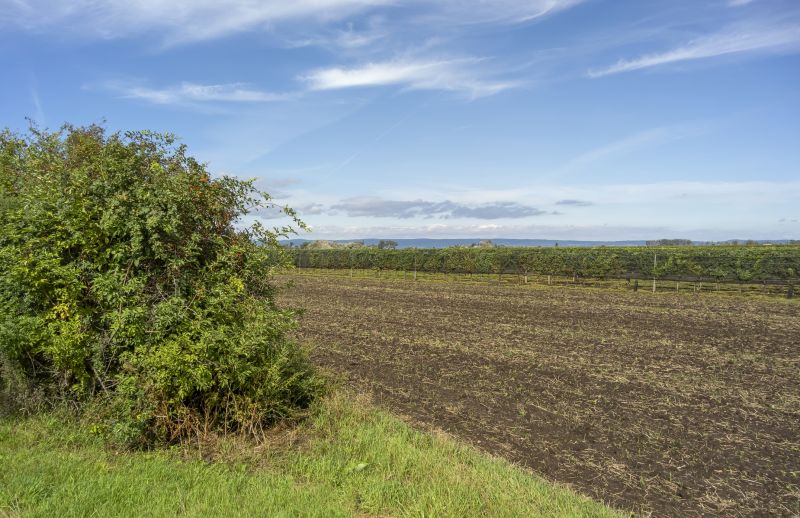
Rough timing from prep to clean-up for Farm Clearings.

Quick checks and paperwork to keep after Farm Clearings.
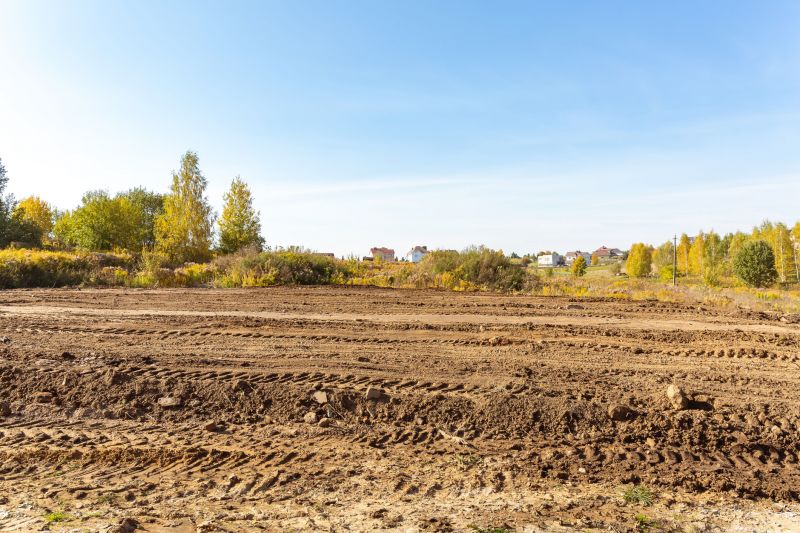
Examples that show the impact a good Farm Clearings can make.

Ways to make Farm Clearings work in tight or awkward layouts.
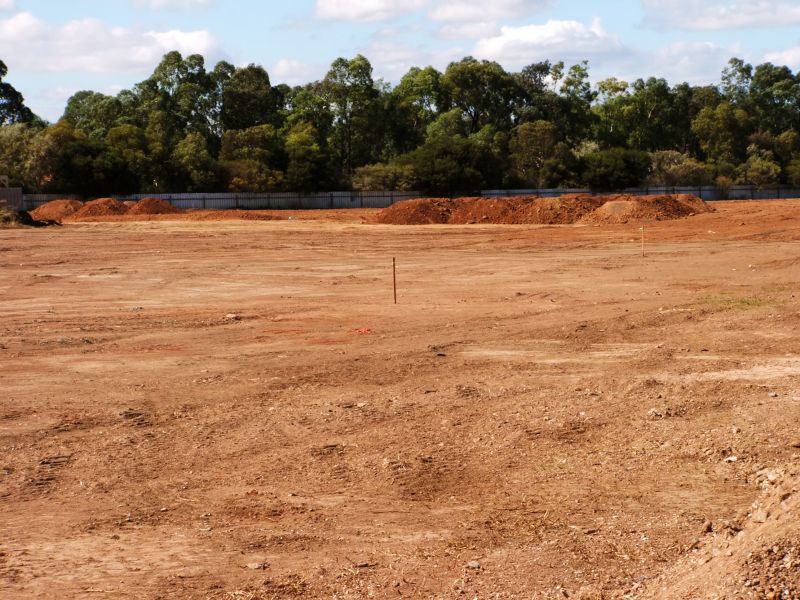
Ways to make Farm Clearings work in tight or awkward layouts.
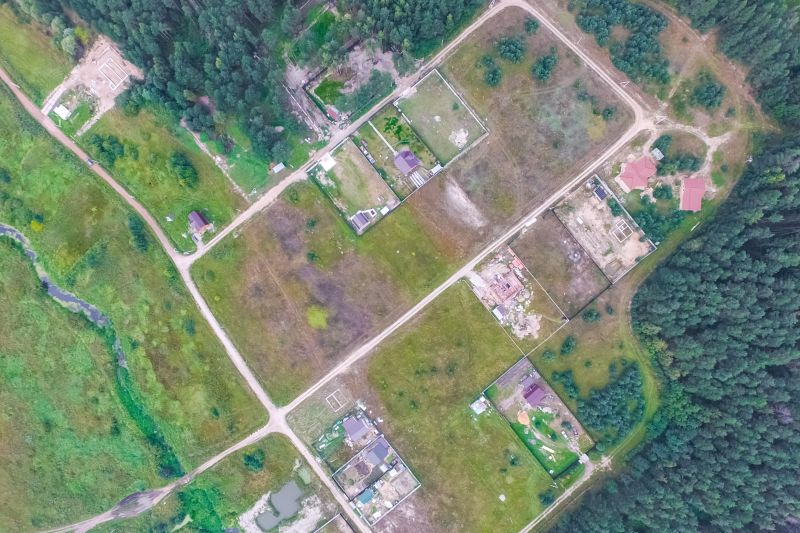
Ways to make Farm Clearings work in tight or awkward layouts.

Ways to make Farm Clearings work in tight or awkward layouts.
| Season | Ideal Clearing Time |
|---|---|
| Spring | Pre-planting period, when soil is moist but not saturated |
| Summer | Post-harvest or during dry spells for overgrowth removal |
| Fall | After harvest, before winter dormancy |
| Winter | Limited to regions with mild winters; primarily for land maintenance |
| Late Summer/Early Fall | Preparation for upcoming planting season |
Choosing the optimal time for farm clearings depends on regional climate, crop schedules, and land conditions. Proper timing enhances land productivity, reduces operational costs, and supports sustainable land management practices.
